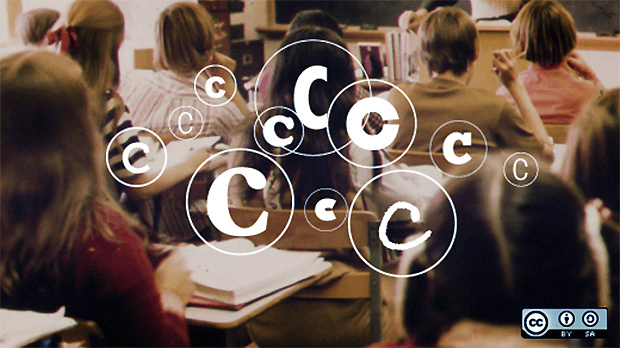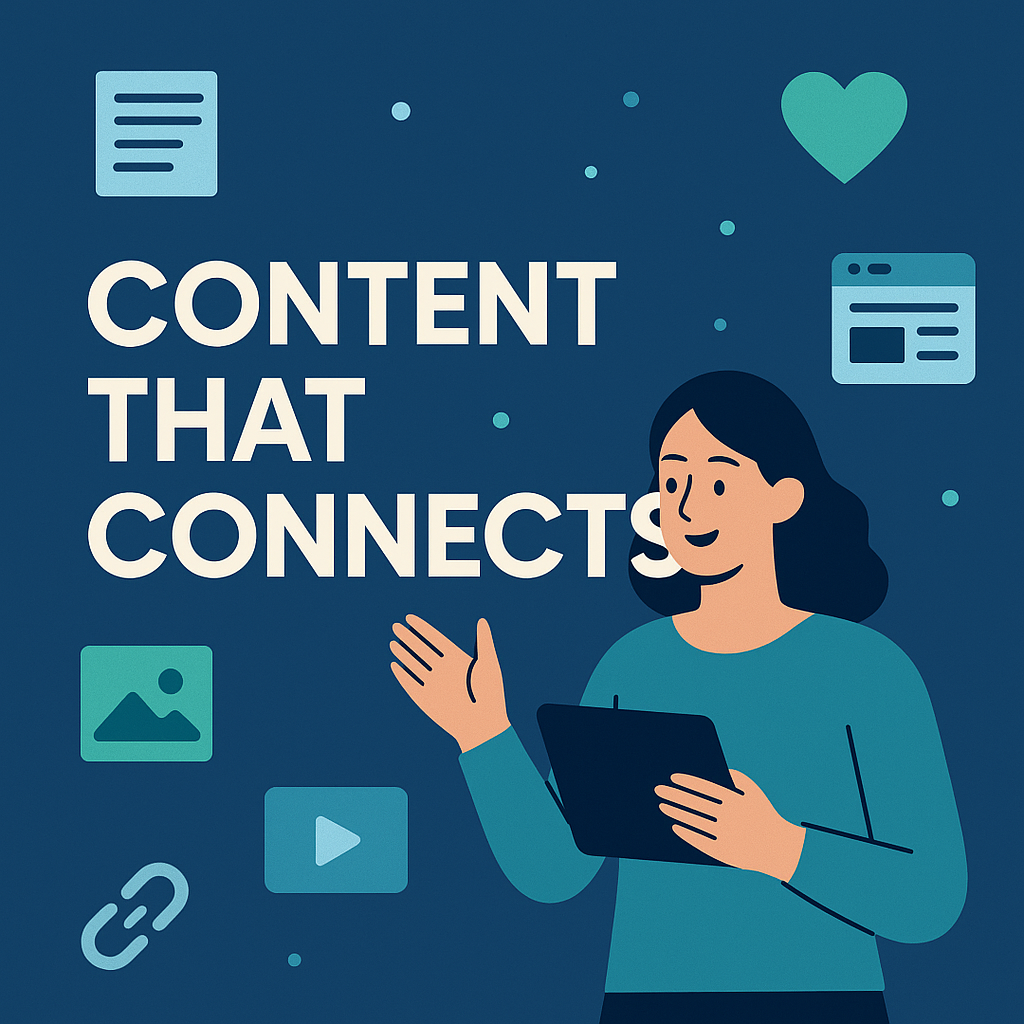If you’re a writer, designer, educator, or content creator, chances are you’ve encountered terms like “CC BY” or “Creative Commons licensed image.” But what do they mean — and how do you use them correctly?
In an era of remix culture, generative AI, and open collaboration, understanding Creative Commons (CC) licenses is essential. These licenses provide a standardized way to share and use creative work — legally, ethically, and globally.
What Are Creative Commons Licenses?
Creative Commons is a non-profit organization that created a set of public copyright licenses. These licenses let creators legally specify how their work can be used, shared, and modified — without giving up full copyright.
The goal is to make creative work more accessible and reusable while respecting creator rights.
Think of it as a spectrum: from “All rights reserved” (traditional copyright) to “Some rights reserved” (Creative Commons) to “No rights reserved” (public domain).
So instead of forcing people to ask permission for every use, CC licenses make the terms clear and visible.

Why Creative Commons Matters in 2025
In the digital age, we constantly consume and reuse content—blog posts, videos, audio, images, lesson plans, code, templates. Creative Commons licenses help ensure that this exchange is done legally and transparently.
They benefit:
- Writers using images or quotes in blog posts
- Educators sharing course materials
- Designers remixing icons or templates
- Researchers distributing open-access papers
- Developers working with open-source tools
- AI trainers sourcing datasets ethically
Whether protecting your work or borrowing someone else’s, CC licenses create clarity and trust in content sharing.
The 6 Main Types of Creative Commons Licenses
Each CC license has a specific set of permissions and restrictions. Here’s a breakdown:
| License | What It Allows | Restrictions |
|---|---|---|
| CC BY | Use, share, modify, and even sell — with attribution. | You must credit the original creator. |
| CC BY-SA | Same as CC BY, but derivative works must use the same license. | Credit required; share-alike required. |
| CC BY-ND | Redistribution allowed (even commercially), but no modifications. | No changes allowed; credit required. |
| CC BY-NC | Can be shared and modified — non-commercially. | No commercial use; attribution required. |
| CC BY-NC-SA | Non-commercial use and modifications — under the same license. | Credit, non-commercial, and share-alike required. |
| CC BY-NC-ND | Most restrictive: can share but not modify or use commercially. | No changes, no commercial use, attribution required. |
Note: All Creative Commons licenses require attribution unless the work is in the public domain.
How to Use CC-Licensed Content Properly
Using Creative Commons content isn’t just about downloading and pasting. You need to respect the license, and that starts with attribution.
A good attribution includes:
- Title of the work
- Creator’s name (with link if available)
- Source (where you found it)
- License type (with link to the license)
Example:
Photo by Jane Doe, “Mountain Sunrise,” via Flickr, licensed under CC BY-NC 4.0
Avoid using CC content if:
- You can’t verify the license
- It doesn’t allow modification (and you need to modify)
- It prohibits commercial use (and your project is commercial)
- Always check the fine print.
Creative Commons vs. Public Domain vs. Copyright
Still unsure which legal term fits where? Here’s a quick overview:
| Term | What It Means | Can You Reuse Freely? |
|---|---|---|
| Copyright (All rights reserved) | The creator holds full legal control; permission is required to use, modify, or share the content. | ❌ Not without the creator’s explicit permission |
| Creative Commons (Some rights reserved) | The creator grants specific rights for use, sharing, or modification, provided you follow the license terms. | ✅ Yes, if you follow the license conditions (e.g., attribution, non-commercial use) |
| Public Domain (No rights reserved) | No copyright applies. The content is free for use by anyone, for any purpose. | ✅ Yes, no permission or attribution required (though attribution is still encouraged) |
Understanding differences helps avoid plagiarism, legal trouble, or broken trust with collaborators.
Where to Find Creative Commons Content
Want to find high-quality CC-licensed content for your work? Try these platforms:
- Unsplash – free photos (custom license, CC-like)
- Pixabay – free photos, illustrations, and videos
- Flickr – searchable by CC license
- Wikimedia Commons – media from Wikipedia & beyond
- Creative Commons Search – search engine for CC content
- Pexels – free videos and photos
- Openverse – open-licensed content from multiple sources
These platforms often let you filter by license type, so you can find safe content to use commercially or for modifications.
Why Understanding CC Licenses Makes You a Better Creator
Creative Commons isn’t just a legal framework — it’s a mindset.
It promotes:
- Respect for original creators
- Responsible reuse
- Global collaboration
- Creative freedom with ethical boundaries
By understanding and using CC licenses:
- You avoid plagiarism and copyright violation
- You support open access and knowledge sharing
- You gain confidence in publishing your work
- You model ethical behavior for your audience or students
- And in an age of content overload, that integrity stands out.
Share Smarter, Reuse Legally, Create Freely
Whether you’re a creator, marketer, educator, or student, Creative Commons licenses give you the freedom to create, share, and collaborate — without legal guesswork.
Learn the rules. Use the licenses. Respect the creators. And help build a web that’s open, generous, and responsible.
Because in the end, a healthy creative ecosystem depends on one thing:
clarity and respect.

Leave a Reply